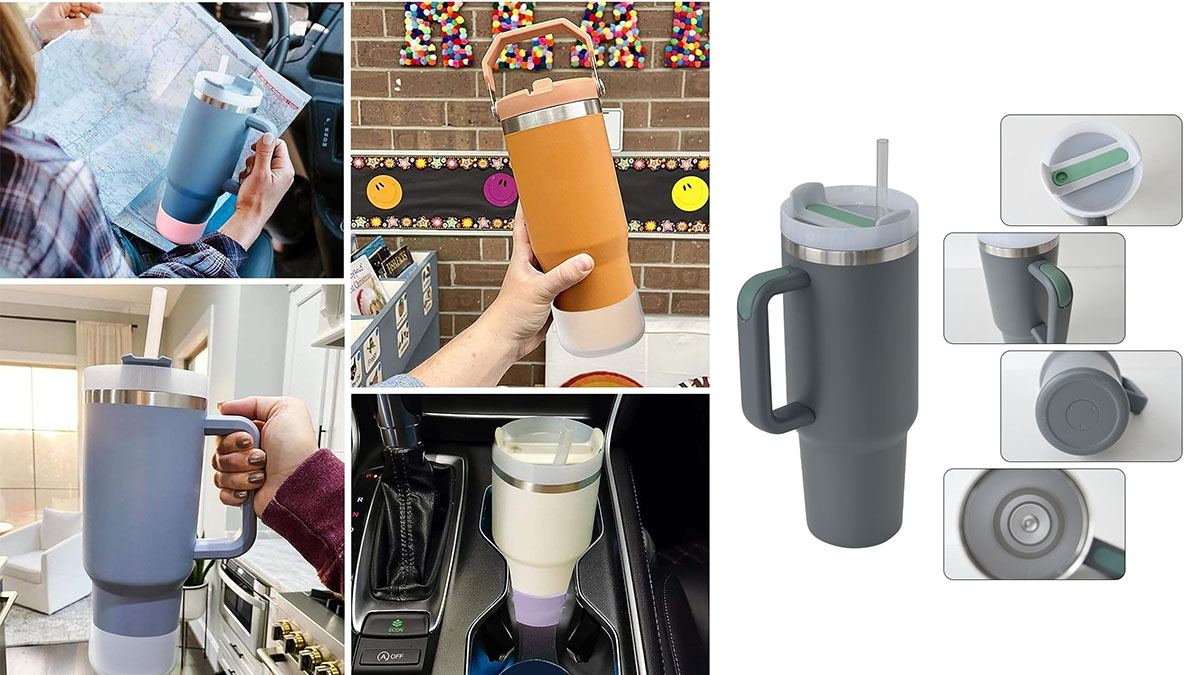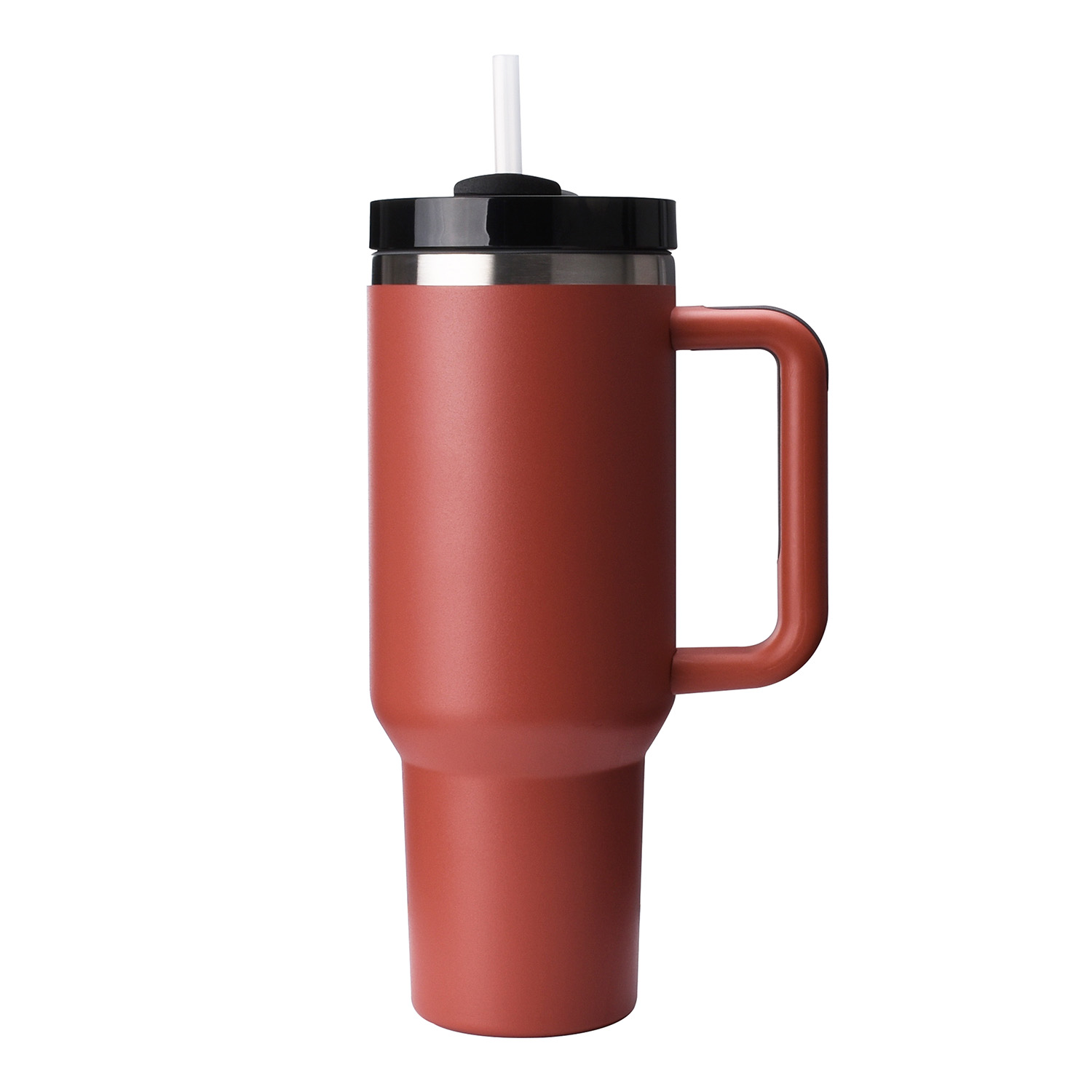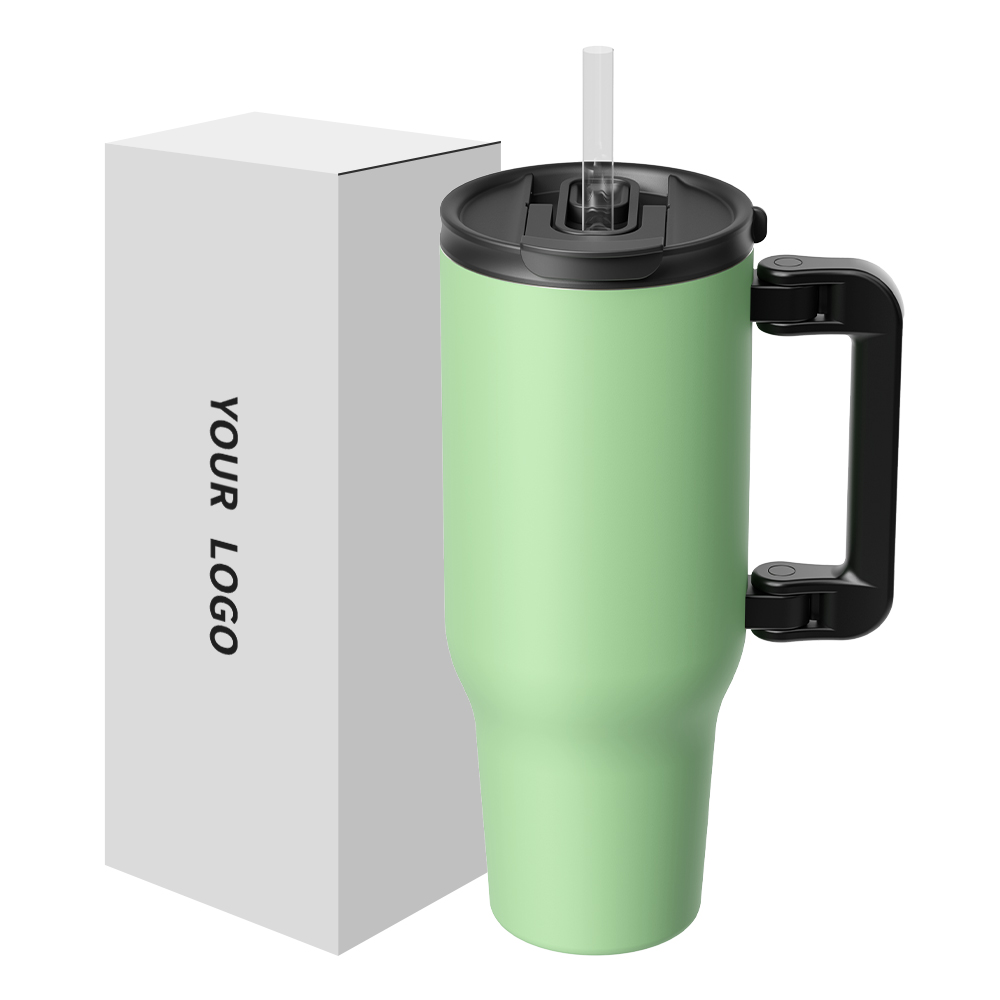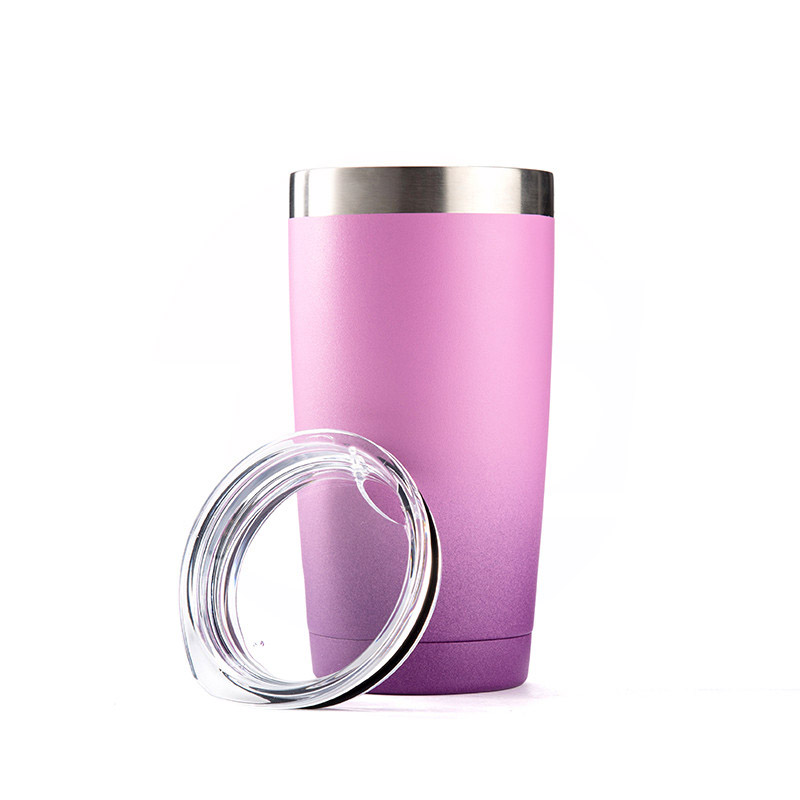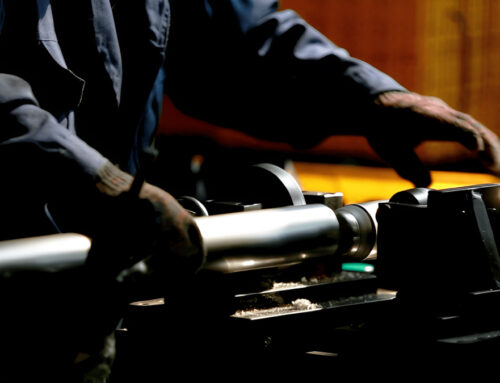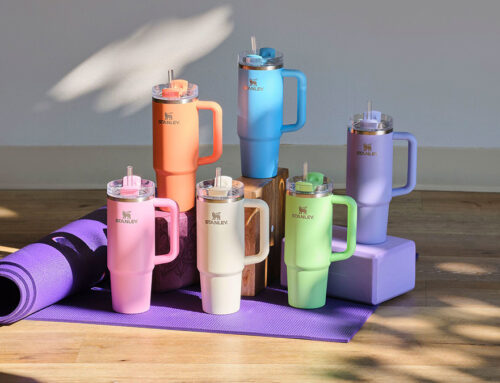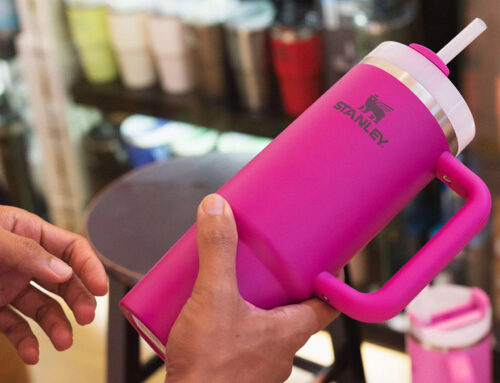Contents
1. Do Stanley tumblers grow mold?
2. Why does your Stanley 40oz tumbler develop bad smells and mold?
3. How can you prevent bad smells and mold in your cup?
4.What do you need if your Stanley 40oz tumbler has mold and bad smells ?
5. How to clean bad smells and mold from your Stanley 40oz tumbler?
6. How often should you clean your Stanley 40oz tumbler?
7. Conclusion
In the world of hydration gear, the Stanley 40oz tumbler really stands out because it‘s built tough, keeps your drinks hot or cold for a long time, and looks super sleek. People who love the outdoors, commuters, and even office workers all rave about this tumbler because it’s become an essential accessory for anyone who wants to enjoy their drinks at just the right temperature. According to market research, stainless steel tumblers like the Stanley have become crazy popular with sales going up by more than 20% in just one year. This trend shows that people are looking for drinkware that can handle anything and keep their beverages fresh whether they’re on an adventure or just going about their daily lives.
But here’s the thing: even though these tumblers are pretty awesome, they can still get stinky and moldy if you’re not careful. And nobody wants that! As a leading water bottle tumbler manufacturer, KingStar shares why this happens and how you can make sure your Stanley 40oz tumbler stays in perfect condition.
1. Do Stanley tumblers grow mold?
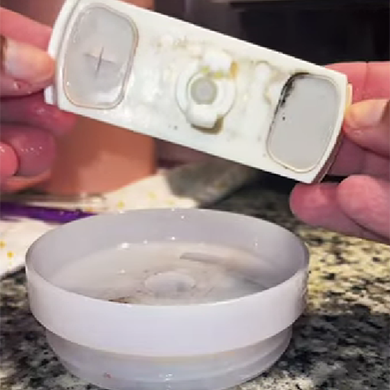
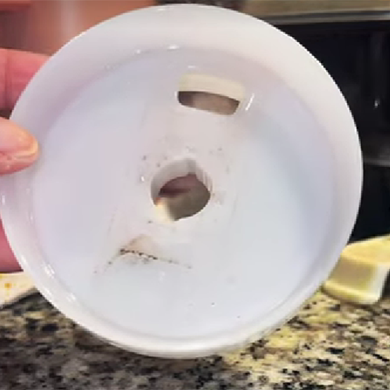
Sure, Stanley tumblers can get moldy if you don’t clean and dry them properly. Mold loves warm, damp, and dark environments, which can easily happen in tumblers if they’re left with moisture or leftover drinks for a long time. Mold spores thrive on organic stuff like sugars and food particles in beverages. If you don’t wash your Stanley tumbler well and let it air dry after each use, it can become a perfect place for mold to grow, especially in hard-to-reach spots like under the lid seal or at the bottom of the tumbler.
2. Why does your Stanley 40oz tumbler develop bad smells and mold?
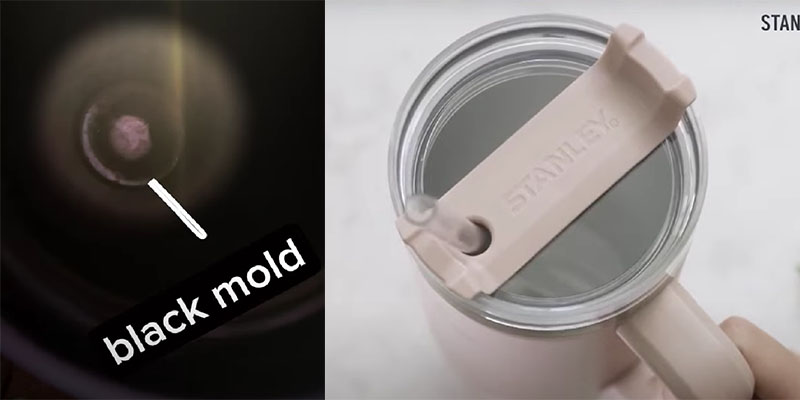
The reason your tumbler smells bad and gets moldy is usually a mix of different things. A cool study in the Journal of Food Protection showed that if you don’t wash your container for more than 24 hours, it can become a breeding ground for all sorts of bacteria and fungi. So, cleaning it regularly is super important. The stinky odors and mold in Stanley tumblers aren’t just annoying, they’re actually caused by lots of different habits and environmental factors. Here are some more detailed explanations and examples:
- Residual Beverages: Beverages like coffee and tea have organic compounds that can break down over time, giving bacteria and mold a food source. For example, coffee oils are known for leaving behind a stubborn residue that’s hard to clean without some serious scrubbing. Flavored waters or sports drinks, packed with sugars and electrolytes, create the perfect environment for microbes to thrive if any residues are left in your Stanley 40oz
- Protein Shakes and Dairy Products: Many people use their Stanley 40oz tumblers for protein shakes or dairy-based drinks. These substances are particularly prone to spoilage and can lead to rapid bacterial growth and mold if even a small amount is left to sit in the tumbler for a period. The proteins and fats in these drinks provide rich nutrients for bacteria, leading to unpleasant odors and potentially harmful mold growth.
- Infrequent Washing: Regular use without proper cleaning can exacerbate the problem. The study from the Journal of Food Protection underscores the risk by showing how quickly bacteria and fungi can colonize in unwashed containers. It’s a clear indication that neglecting to wash your tumbler, even for a day, can significantly increase the risk of mold and odor development.
- Inadequate Drying: Storing your Stanley 40oztumbler with its lid on immediately after washing without allowing it to dry completely can create a sealed, humid environment, ideal for mold and bacteria to thrive. This is akin to leaving wet laundry in a heap, where the lack of air circulation can lead to a musty smell and mold growth.
- Seals and Hard-to-Reach Areas: The nooks and crannies, including the seal around the lid and the thread where the lid screws onto the tumbler, can be challenging to clean thoroughly. These areas can trap moisture and tiny particles of food or drink, providing hidden havens for mold and bacteria. For example, if a tumbler is used for a smoothie containing fruits and then not cleaned properly, the sugars from the fruits can ferment in these crevices, leading to mold growth and a foul smell.
- Environmental Factors: The environment where your Stanley 40oztumbler is used and stored can also play a role. High humidity levels, such as in a bathroom or kitchen, can contribute to the overall moisture content inside the tumbler, even if it’s been cleaned. Similarly, leaving a tumbler in a car or gym bag, where temperatures can fluctuate widely, can accelerate bacterial growth and mold formation.
3. How can you prevent bad smells and mold in your cup?
Understanding how mold and funky smells can grow in your Stanley 40oz tumbler is super important, but knowing how to stop these issues is just as crucial. Adding a few simple habits to your daily routine can make a big difference in keeping your tumbler clean and fresh. Before we get into the details, it’s important to remember that consistency is key here. Just like you prioritize cleaning your dishes and silverware, you should give the same attention to keeping your tumbler safe and enjoyable for your drinks.
- Immediate rinsing: Make it a regular practice to rinse your Stanley 40oz tumbler with hot water immediately after use. This proactive step helps in dislodging potential residue from drinks such as coffee, tea, or protein shakes before they harden or start to emit unpleasant odors.
- Thorough drying: Proper drying is as crucial as the cleaning itself. After washing, dismantle your tumbler, separating the lid and any movable parts, and allow all components to air dry completely. This is vital because moisture trapped in crevices or under seals is a primary factor in mold development. Consider using a drying rack in a well-ventilated area to ensure that air circulates around all parts, speeding up the drying process.
- Regular deep cleaning: Incorporate a deep cleaning session into your routine at least once a week to address any buildup that regular rinsing and washing may not remove. This involves using cleaning agents such as vinegar or baking soda to thoroughly clean and sanitize the tumbler. For example, soaking the tumbler and its parts in a vinegar solution can help in eliminating stubborn odors and killing any mold spores that might have begun to develop.
4. What do you need if your Stanley 40oz tumbler has mold and bad smells ?
If your Stanley 40oz tumbler has gotten moldy or started smelling bad, it’s super important to deal with the problem quickly and effectively so that you can use your tumbler again without any worries. Here’s a detailed list of what you’ll need and why each item is important in the cleaning process:
- Warm, soapy water using a gentle, non-abrasive dish soap: The foundation of your cleaning process, warm soapy water helps to soften and dissolve residues and mold. Choosing a gentle dish soap ensures that you don’t damage the tumbler’s material or affect its insulation properties.
- A long-handled bottle brush: Mold and gunk tend to build up at the bottom and in the corners of the tumbler, which are tricky spots to reach and clean thoroughly without the right tool. Using a bottle brush with a long handle allows you to effectively scrub these areas, making sure that no spot is left untouched.
- Vinegar: Vinegar is a powerful, natural cleaning agent that can kill mold spores and neutralize odors without the use of harsh chemicals. Its acidic nature breaks down mold and can help in removing coffee or tea stains that may have contributed to the bad smells.
- Baking soda: An excellent odor absorber, baking soda can be used to tackle any lingering smells in your tumbler. It’s also gentle enough to use as a cleaning scrub for stubborn residue without scratching the surface of your tumbler.
- A soft cloth or sponge: For cleaning the exterior of the tumbler and any delicate surfaces, a soft cloth or sponge is ideal. It can be used to apply soapy water or vinegar solution gently, ensuring the outside of your tumbler is as clean and odor-free as the inside.
5. How to clean bad smells and mold from your Stanley 40oz tumbler?
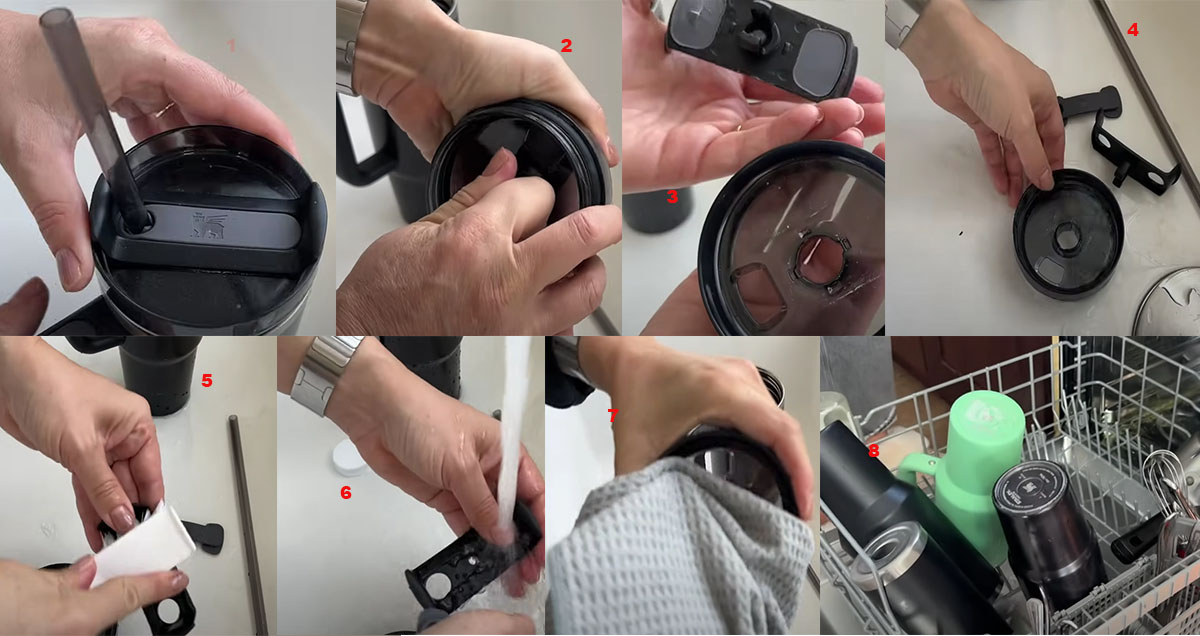
Cleaning your Stanley 40oz tumbler thoroughly is super important to get rid of any funky smells and mold, so it stays safe and enjoyable to use. Here’s a detailed step-by-step guide with extra tips for each stage:
Disassemble Your Tumbler
Make sure to carefully take apart your tumbler, including the lid, straw (if it has one) and any other removable parts. This step is super important because mold and smells can hide in the small spaces between the different pieces.
Soak in Warm Soapy Water
- Fill a sink or large basin with warm water mixed with a squirt of gentle, non-abrasive dish soap. Ensure the water is sudsy.
- Submerge the tumbler and its parts completely in the soapy water. If the tumbler floats, fill it with soapy water to ensure it stays submerged.
- Let everything soak for about 30 minutes. This soaking period helps to loosen and dissolve any residue, making the scrubbing process more effective.
Scrub
- After soaking, take a long-handled bottle brush to scrub the interior of the tumbler. Focus on the bottom and corners, where residue and mold are most likely to accumulate.
- For the lid, straws, and other small parts, use a smaller brush or pipe cleaner. These tools are perfect for getting into narrow spaces and around seals where mold can hide.
- Don’t forget to scrub the exterior of the tumbler as well, especially around the opening where lips and drinks come into contact.
Rinse Thoroughly
- Rinse each part of the tumbler under running warm water. Make sure all soap suds and loosened residue are completely washed away.
- It’s essential to rinse thoroughly to prevent soap residue from remaining, as it can contribute to future odors.
Dry Completely
- Use a clean, soft cloth to wipe down the exterior of the tumbler, removing any remaining moisture.
- Place all parts on a clean drying rack in a well-ventilated area, ensuring they are spaced out to allow air to circulate freely. This helps in drying the parts thoroughly, preventing moisture from being trapped.
- If possible, leave the parts to air dry overnight. Ensuring that every component is completely dry before reassembly is key to preventing mold growth.
If there are still smells or you see mold, mix equal parts of white vinegar and water. Soak the tumbler and its parts in this mixture for a few hours, then scrub and rinse as mentioned before. Vinegar is a natural disinfectant that can help get rid of stubborn odors and mold. By following these detailed steps, you can effectively clean your Stanley 40oz tumbler, getting rid of any bad smells and mold, and making sure it’s a clean and safe container for your drinks. Click and read more: Stanley vs Hydro Flask vs Yeti Water Bottle Comparison
6. How often should you clean your Stanley 40oz tumbler?
While it’s a good idea to rinse it daily, how often you give your tumbler a thorough cleaning depends on how much you use it. If you’re someone who drinks from it every day, then giving it a deep clean once a week is recommended. However, if you start noticing any strange smells or see any visible mold, then it’s time for an immediate cleaning session. Taking care of your Stanley 40oz tumbler involves not only knowing how to clean it but also understanding how frequently you should clean it to keep it in the best possible condition. Here’s a more detailed breakdown of when and how often you should clean your tumbler based on different usage and storage factors:
Routine Maintenance
After each use, it’s a good idea to give your tumbler a quick rinse with hot water. This will help get rid of most residues and prevent them from getting hard or starting to smell. It’s a simple yet effective way to keep your tumbler clean and fresh, especially if you’re using it for beverages like coffee, tea, or juice that can leave strong smells or stains.
Weekly Deep Cleaning
Even if you rinse it every day, it’s important to give your tumbler a good cleaning at least once a week. This means using soapy water and a brush to scrub the tumbler thoroughly, and taking apart any parts like lids or straws to make sure you clean every little corner. The weekly deep clean is super important for getting rid of any buildup that rinsing alone can’t handle, especially if you use your tumbler every day.
As Needed Cleaning
If you ever see any mold or notice lingering smells that just won’t go away even after rinsing, it’s time to give your tumbler a good and thorough cleaning. You can try soaking it in vinegar or using baking soda to tackle tough stains and odors, like I mentioned before. Or if you’ve left a beverage in your tumbler for an extended period, such as over 24 hours, it’s advisable to give it a thorough clean before using it again. Beverages can spoil or leave residues that are more difficult to clean if left sitting for too long.
Seasonal or Infrequent Use
If your tumbler has been stored away or hasn’t been used for a while, make sure to give it a good clean before using it again. Even if you kept it in a clean place, there might be some dust buildup or potential for mildew if there was any moisture present before storing it.
7. Conclusion
The Stanley 40oz tumbler isn’t just any old drink container—it’s your trusty sidekick for staying hydrated every day. By taking good care of it and giving it a regular clean, you can ensure that this tumbler remains the perfect vessel for all your favorite drinks without any funky smells. Embrace these cleaning tips, and your tumbler will always have your back, whether you’re tackling the daily grind or going on outdoor adventures. If you want more information on purchasing wholesale stainless steel tumblers or bulk insulated water bottles, please leave online message or send email to sales@waterbottle.tech!
wholesale insulated tumblers coffee cups 20oz two-tone, unit price: USD2.99

